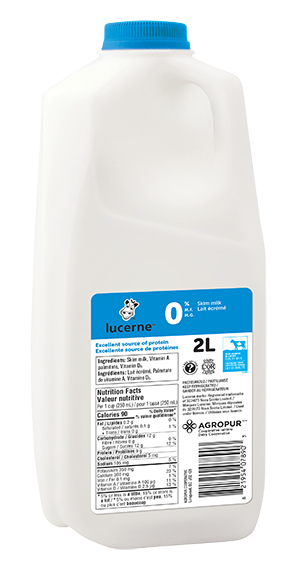
Production of dry milk consists of the following processing steps - reception, clarification, cooling and storage, standardization, heat treatment, evaporation, homogenization, drying, and packaging (1). Experiment and you may discover ways to create a dish that’s both healthier and tastier.Milk powder is a dairy product from which the water has been removed to the greatest extent possible, thus creating hurdles in the growth of microorganisms. Soups are another great food for the addition of milk.Īs a calorie-cutting option, low-fat milk can be used in place of half-and-half in many recipes.

For instance, making oatmeal with milk nearly doubles its protein content.

Milk can also be substituted for water in many recipes, making dishes more substantial and giving them a richer taste. Or, a warm mug of milk can be a wonderfully relaxing way to end the day.

How to Use MilkĪdding milk to your diet can be as simple as drinking a cold glass with your meals. For this reason, many people choose to use nondairy milk.Īlso, children should not be given milk until they are at least 12 months old. Milk allergies also can range from mild to severe. Approximately 65% of the population suffers from lactose intolerance, which can frequently be treated with over-the-counter supplements. Talk to your doctor about the best option for you.įurthermore, milk is not for everyone. One cup of skim milk is fat-free, while 1% milk has 2 grams, 2% milk has 5 grams, and whole milk (3.25%) has 8 grams. Eight ounces is considered a full serving of milk, but glasses found in most kitchens are frequently 14-16 ounces, so pay attention to how much you drink.Īn important factor to consider is milk’s fat content, which will vary based on the type you buy. One cup of 2% milk has fewer calories (122) and less fat (5 grams), while skim milk has 90 calories and 0 grams of fat.īecause milk is a protein- and nutrient-rich food, it’s easy to have too much of a good thing. One cup of whole milk (3.25% milkfat) contains:

Milk was your first food and has been part of the human diet for thousands of years.


 0 kommentar(er)
0 kommentar(er)
